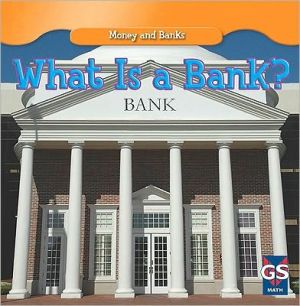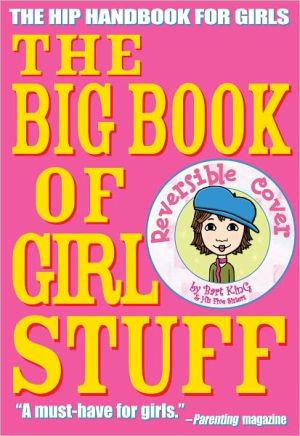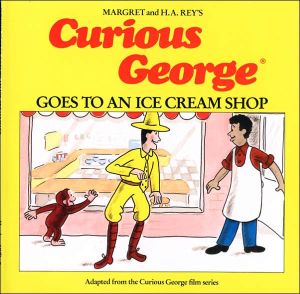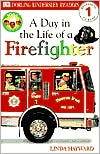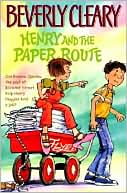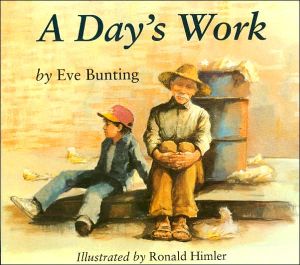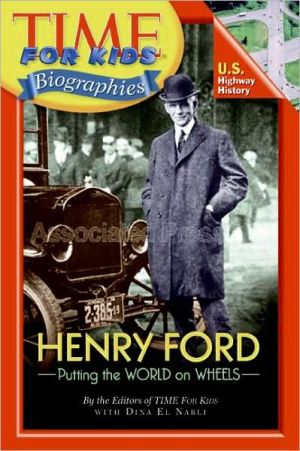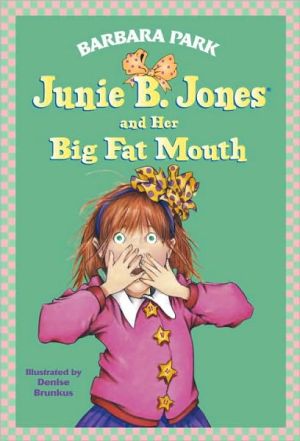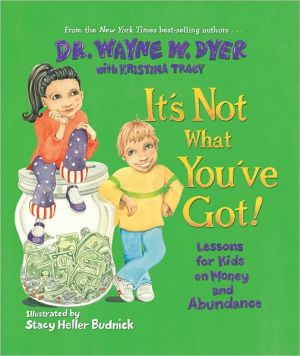What Is a Bank?
Gareth Stevens Leveled Readers introduce young readers to key concepts in the early elementary curriculum. The Money and Banks series uses simple text and clear photos to focus on fascinating aspects of finance-from the history of money to the importance of banks. Readers learn how to create a budget and what happens when they open a savings account. A main activity at the end of each book stresses the topic's real-world connection.\ From piggy banks to saving accounts, there are countless...
Search in google:
Gareth Stevens Leveled Readers introduce young readers to key concepts in the early elementary curriculum. The Money and Banks series uses simple text and clear photos to focus on fascinating aspects of finance-from the history of money to the importance of banks. Readers learn how to create a budget and what happens when they open a savings account. A main activity at the end of each book stresses the topic's real-world connection.From piggy banks to saving accounts, there are countless places to save money. What Is a Bank? teaches young readers how a bank works. Topics include how to open a savings account, how a savings account earns interest, and why banks make loans. Readers also learn how to use their very own bankbook, and are taken inside a bank's vault to see where people keep their valuable possessions.Joyce Rice - Children's LiteratureIn this title of the "Weekly Reader" sub series, "Money and Banks," young children read about how a bank is like a big version of their piggy bank, in that they can put money in it and it will be there when they need it. Photographs depict multicultural adults and children entering a bank, making a deposit at the teller window, and using an ATM machine. Each title in this series offers a math connection, which is a section at the end of the text that allows a reader to apply the knowledge he has gained to an everyday situation or math problem. This particular title shows students how to keep a checkbook register by adding and subtracting deposits and withdrawals. Words in bold print are explained in the glossary. An index is included, as are suggestions for further reading. This early chapter book introduces the concept of bank books, mortgages, ATMs and safety deposit boxes. Although the information is brief, the concepts seem a little beyond the understanding of the recommended reading age. This will be a good second choice for elementary curriculums, but should not be considered a primary source. A better choice would be the "My Money" series (Compass Point). 2006, Weekly Reader Early Learning Library, Ages 4 to 6.
In the Bank 4Deposits and Withdrawals 7What Is a Loan? 12Keep It Safe 16Math Connection: Keeping a Bankbook 20Glossary 22For More Information 23Index 24
\ School Library JournalGr 2–4—These titles will supplement economics units. Information is presented briefly and clearly, with enough facts to provide a framework of understanding. Saving discusses piggy banks, opening a savings account, and stocks. Spending explains goods and services, circulation of cash, credit cards, and budgeting. Bank has chapters on deposits, bank safety, and loans. The books are illustrated with clear color photographs. A "Math Connection" page is well done and includes a related activity. Similar in scope and quality to the "Invest Kids" series (Rosen), these books will fit well into elementary collections.—Sharon R. Pearce, Longfellow Elementary School, Oak Park, IL\ \ \ \ \ Children's LiteratureIn this title of the "Weekly Reader" sub series, "Money and Banks," young children read about how a bank is like a big version of their piggy bank, in that they can put money in it and it will be there when they need it. Photographs depict multicultural adults and children entering a bank, making a deposit at the teller window, and using an ATM machine. Each title in this series offers a math connection, which is a section at the end of the text that allows a reader to apply the knowledge he has gained to an everyday situation or math problem. This particular title shows students how to keep a checkbook register by adding and subtracting deposits and withdrawals. Words in bold print are explained in the glossary. An index is included, as are suggestions for further reading. This early chapter book introduces the concept of bank books, mortgages, ATMs and safety deposit boxes. Although the information is brief, the concepts seem a little beyond the understanding of the recommended reading age. This will be a good second choice for elementary curriculums, but should not be considered a primary source. A better choice would be the "My Money" series (Compass Point). 2006, Weekly Reader Early Learning Library, Ages 4 to 6. \ —Joyce Rice\ \
